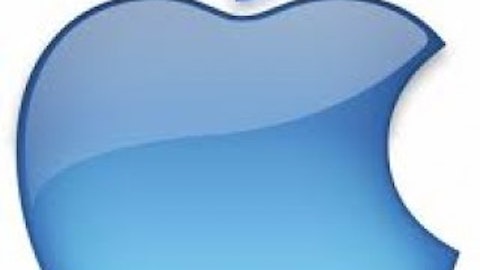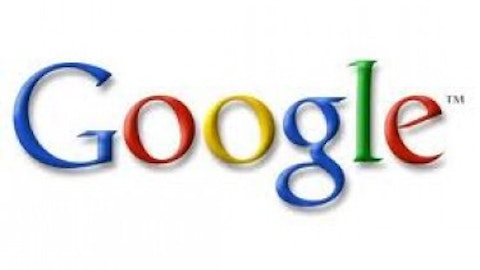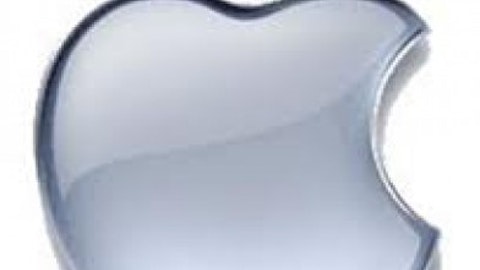As a means of comparison, Sirius XM’s 24.4 million paying subscribers dwarf the 2.5 million subscribers to Pandora One. Sirius XM’s significantly broader content allows it to command an average revenue per user (“ARPU”) of $12, which is four times the monthly fee for Pandora Media Inc (NYSE:P) One. As a result, Sirius XM Radio Inc (NASDAQ:SIRI) generates around eight times more revenue than Pandora even without the benefit of advertising. As a result of this scale and revenue generating ability, Sirius is profitable, generates solid free cash flow, and can even return value to shareholders through share repurchases.
In contrast, Pandora Media Inc (NYSE:P) remains on track to burn through its existing cash balances and likely requires more funding at some point in the future.
Pandora’s service has limitations
Pandora Media Inc (NYSE:P) is unprofitably trying to forge a dominant position in the radio listening market. While growth rates have been impressive, a key risk to Pandora over the long term is the lack of complimentary products and services that can differentiate it from iTunes Radio or any other streaming service. For example, Sirius XM Radio Inc (NASDAQ:SIRI) is certainly differentiated from Pandora in that the company’s core satellite radio business requires proprietary hardware. The significant installed base of satellite radios in late model vehicles provides a tremendous advantage.
More importantly for those users that primarily listen to the radio on the road, Sirius XM Radio Inc (NASDAQ:SIRI)’s satellite radio service will not consume tremendous amounts of mobile data. In contrast, Verizon Wireless’ website estimates that one hour per day of streaming audio will use almost 1.8GB of the average smartphone’s 2GB per month data plan. As a result, the cost of listening to Pandora outside of a wired or WiFi environment can be prohibitive for users on the go. This is especially relevant for users that primarily listen to radio during a lengthy commute each day.
“Stickiness” may be Pandora’s downfall
Here’s where Apple Inc. (NASDAQ:AAPL) fits into Pandora Media Inc (NYSE:P)’s future. While Apple’s radio service seems to have a lot of the same functionality as Pandora’s, the stickiness of the Apple ecosystem and the way in which Apple devices and applications work seamlessly together is an under-appreciated competitive advantage.
While both Pandora and iTunes radio allow for customizable stations based on user preference, iTunes Radio goes one step further by integrating a user’s iTunes purchase and listening history. Utilizing the tremendous amount of data from a listener’s history using iTunes creates a huge advantage in efficiently tailoring a station that best fits the listener’s taste. Plus, iTunes Radio incorporates this data automatically rather than requiring constant feedback in order to refine a Pandora station.
For the premium ad-free experience, iTunes Radio surpasses Pandora with ad-free service for iTunes Match subscribers. For $25 per year (30% cheaper than Pandora One), iTunes Radio users will receive the same commercial-free experience as Pandora as well as cloud-based access to a listener’s entire music library whether it was purchased on iTunes or not. Cloud-based access to an entire personal music library is simply not something that Pandora Media Inc (NYSE:P) is equipped to offer customers.





